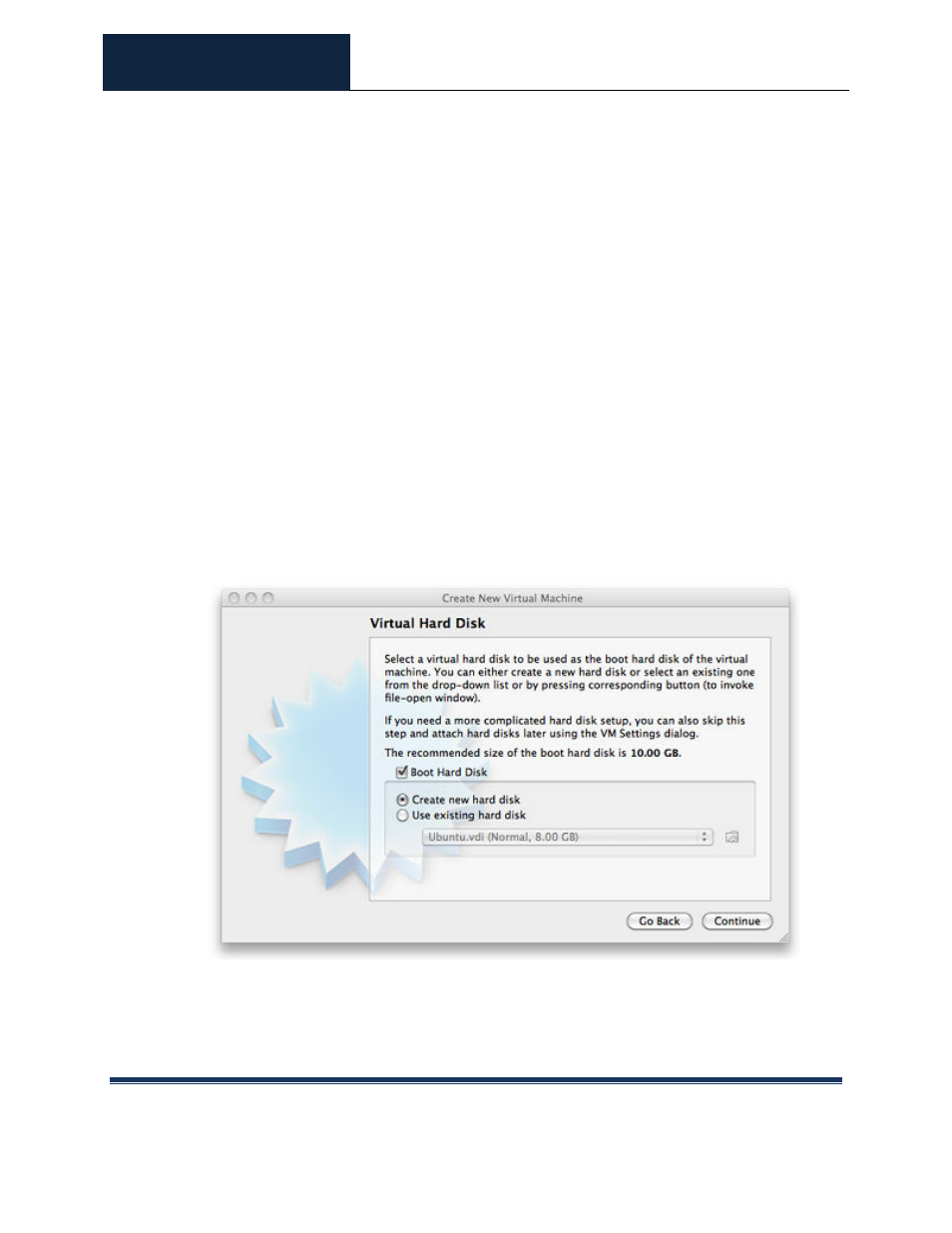Kanguru RocIT Defender User Manual
Page 15

ROCIT DEFENDER™
USER’S GUIDE
© 2009-2011 Absolute Identification, Inc.
Page 15
All Rights Reserved
1. The “VM name” will later be shown in the VM list of the VirtualBox Manager
window, and it will be used for the VM’s files on disk. Even though any name
could be used, keep in mind that once a few VMs are created, they will be easier
to manage if they were given informative names; “My VM” would thus be less
useful than “Windows XP SP2 with OpenOffice”.
2. For “Operating System Type”, select the operating system that will be installed
into the VM. The supported operating systems are available within a pick list. In
order to install an OS that is not listed, select “Other”. Depending on the
selection, VirtualBox will enable or disable certain VM settings that the guest
operating system may require. It is therefore recommended to always set it to
the correct value.
3. Next, the user will be prompted to select the memory (RAM) that VirtualBox
should allocate every time the virtual machine is started. Skip this step, since the
RAM will be dynamically controlled by the VRE.
4. Next, a virtual hard disk for the VM must be created. The wizard displays the
following window:
a) Check the “Boot Hard Disk” option and the “Create new hard disk”
option, and click on the
b) This brings up another window, the “Create New Virtual Disk Wizard”,
which helps to create a new disk image file in the new virtual machine’s
